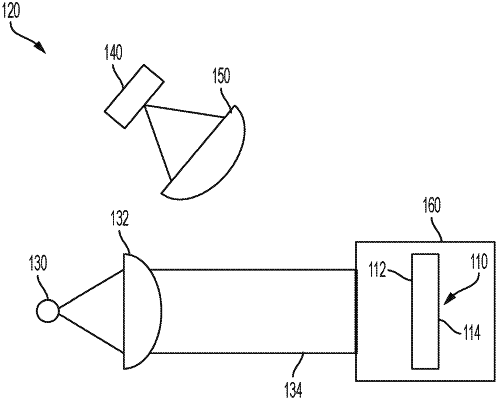| CPC G01N 33/241 (2013.01) [G01N 21/33 (2013.01); G01N 21/35 (2013.01); G01N 21/64 (2013.01); G06V 10/143 (2022.01); G06V 10/507 (2022.01); G06V 10/75 (2022.01); H04N 9/67 (2013.01); H04N 23/11 (2023.01)] | 20 Claims |

|
1. A method of analyzing a geologic sample comprising:
illuminating the geologic sample with a light beam;
capturing an image of the geologic sample on a hyperspectral camera as a greyscale image, R-G-B color space image, or both, thereby collecting spectra reflected from a surface of the geologic sample, the spectra having varied wavelengths comprising mid-wave infrared wavelengths, ultraviolet wavelengths, or both;
processing the image to transform the image from the R-G-B color space image or greyscale image, or both, to Intensity, thereby transforming the spectra into a distribution of relative intensities of fluorescence or absorbance at the varied wavelengths; and
analyzing the Intensity to determine mineralogy, organic content, hydrocarbon presence, or combinations thereof of the geological sample by:
comparing the Intensity to a spectral library, the spectral library comprising previously recorded Intensities associated with specific mineralogy,
choosing a best match of the previously recorded Intensities to the Intensity,
determining the mineralogy of the geologic sample based on the mineralogy of the best match,
comparing the relative intensity in the wavelength range of 200 nm to 6000 nm of the Intensity to the best match,
observing differences in the relative intensity in the wavelength range of 200 nm to 6000 nm of the geologic sample versus the best match, the differences comprising changes in peak positions or magnitude of peaks within the Intensity, and
determining the organic content of the sample based on the differences, wherein the organic content is a qualitative assessment of the thermal maturity of the organic matter making up the organic content.
|